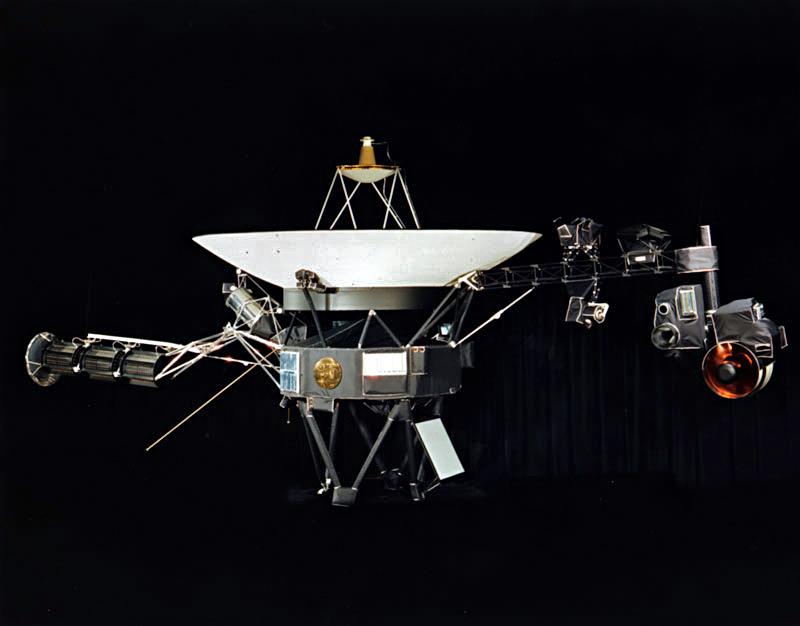Voyager I enters interstellar space
The Voyager 1 spacecraft was launched by NASA in 1977 to study the outer solar system. On Thursday, NASA officially reported the spacecraft left the solar system.
September 12, 2013
“Voyager I managed to penetrate into the interstellar medium after 36 years.”
Those are the words of Donald Gurnett, professor of physics and astronomy at the University of Iowa and the lead author of a paper published Thursday about Voyager’s feat.
“Other NASA officials compared [it] to the moon landing, Columbus landing at the Americas or Magellan traveling the world,” Gurnett said. “It’s a milestone in human space flight.”
The news of the interstellar penetration was announced at a news conference Thursday and in the journal Science.
“It was considerable excitement,” Gurnett said as he described the atmosphere of the news conference. “The head of space science at NASA compared it to ‘Star Trek’: It’s a new realm, something totally different, which is was what happened when we landed on the moon.”
There has been an ongoing debate concerning when exactly Voyager entered interstellar space, and the findings from Thursday helped scientists pinpoint when exactly that was.
According to some estimates, Voyager officially became the first human-made object to venture into interstellar space last year.
Gurnett’s calculations pinpoint Voyager crossing the heliosphere, a bubble of charged particles in space surrounding the planets and sun in our solar system, on Aug. 25, 2012.
“Now that we have new, key data, we believe this is mankind’s historic leap into interstellar space,” said Ed Stone, a Voyager project scientist said in a news release Thursday.
“The Voyager team needed time to analyze those observations and make sense of them,” he said. “But we can now answer the question we’ve all been asking: ‘Are we there yet?’ Yes, we are.”
Voyager can now capture images from an unexplored part of the universe, and send those back to NASA. Being so far away, it takes approximately 17 hours for the signals to reach NASA’s Jet Propulsion Laboratory in Pasadena, Calif.
When Voyager left Earth, it was on a four-year mission around Jupiter. Since then, it has traveled about 12 billion miles from our sun and has been in space for 36 years.
Originally, scientists thought they needed to see the surrounding magnetic fields change direction before being able to tell if Voyager had left the solar system. The discovery came when scientists calculated a noticeable change in plasma density.
“There’s also other very peculiar things we can’t report on yet because other investigators are involved with that information,” Gurnett said.
A news release from Thursday stated: “Scientists do not know when Voyager I will reach the undisturbed part of interstellar space where there is no influence from our sun.”
Scientists are also uncertain when Voyager 2 is expected to also cross into interstellar space, but it is believed it is not very far behind.







